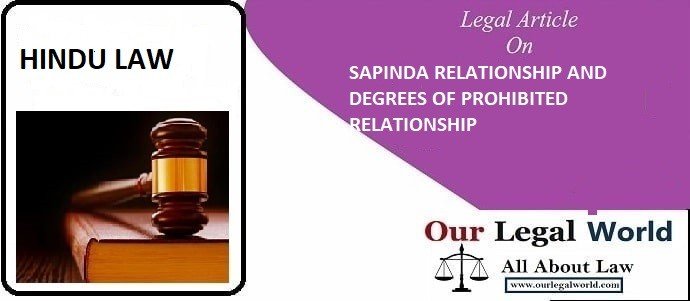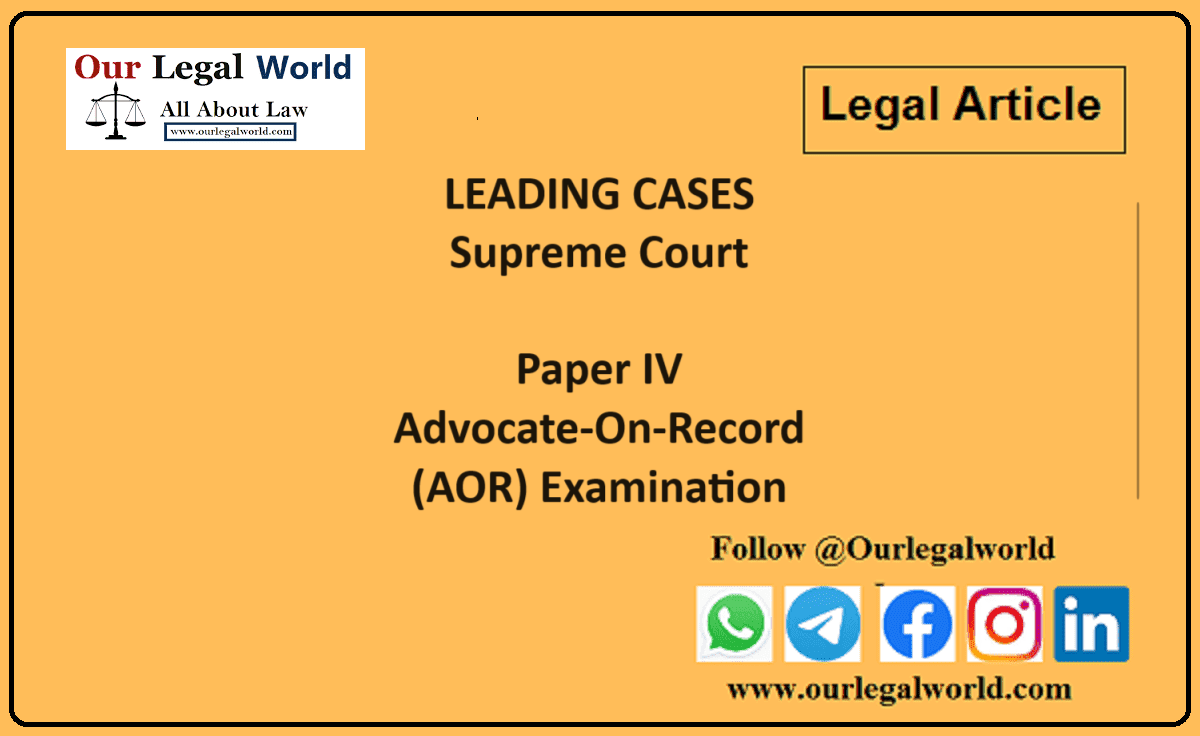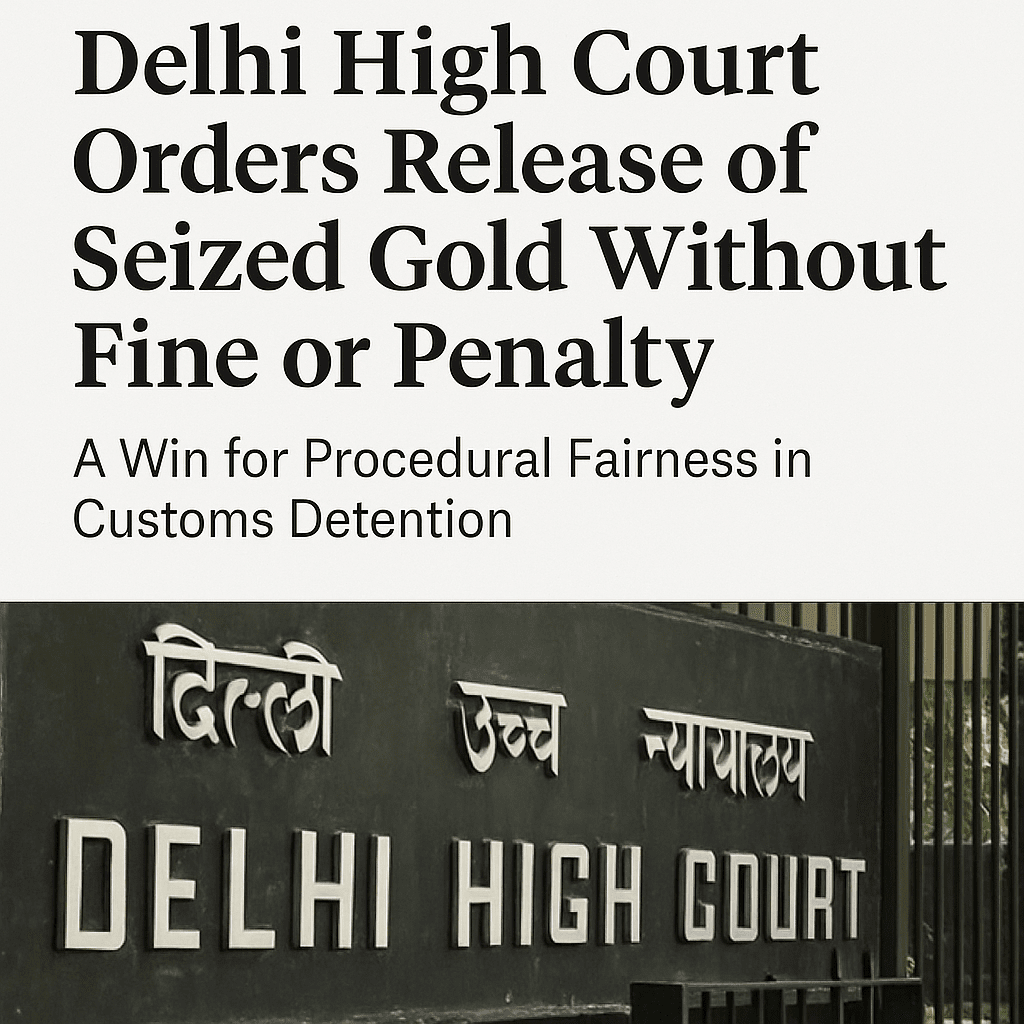SAPINDA RELATIONSHIP AND DEGREES OF PROHIBITED RELATIONSHIP
INTRODUCTION
Traditional Hindu law was a set of concepts and guidelines drawn out from Dharma. Dharma includes everything in one’s life, that is social, moral, legal, religious, rights and duties of man are explained in the dharma. Hindus considered marriage as a permanent union that is meant for the performance of spiritual and religious duties, so for marriage certain rites and ceremonies should be conducted.
As time changed, these concepts also changed. The enactment of the Hindu Marriage Act, 1955 have bought drastic changes to Hindu law. This codified law clearly laid provisions for marriage and divorce in Hindu law. Sapinda relationships and degrees of prohibited relationships are one of the two essential conditions of a valid Hindu marriage under the Hindu Marriage Act, 1955.
Essential conditions of a valid Hindu Marriage
Section 5 of the Hindu Marriage Act, 1995 states the essential conditions to be followed in a Hindu marriage, they are:
1. Monogamous Relationship
2. Mental Capacity
3. Free Consent
4. Age of Parties
5. Degrees of Prohibited Relationship
6. Sapinda Relationship
What is Sapinda Relationship
Sapinda relationship means extended relationships through generations such as father, grandfather etc. There are two definitions associated with the sapinda relationship by two legal commentaries. One is by the Mitakshara and other is by the Dayabhaga. According to Mitakshara, Sapinda means a person connected by the same particles of body and in Dayabhaga it means a person connected by the same pinda (ball of rice or funeral cake offered at sraddha ceremony).
The Hindu Marriage Act, 1955 have modified the concept of Mitakshara and prohibits the marriage between persons of Sapinda relationship. Except when such marriage or union are permitted by valid custom or usage. The custom must be a valid one as per Section 3 of the Act.
In the case of Harihar Prasad v. Balmiki Prasad, it was held that a valid custom should be established by clear and unambiguous evidence, it is only by means of such evidence that the courts can be assured of their existence and they should possess the condition of antiquity and certainty for legal recognition [1]. Sapinda Marriages are liable for punishment under Section 18(b) of the Act with simple imprisonment which may extend to one month, or with fine which may extend to one thousand, or with both.
Provisions relating to Sapinda Relationship
According to Section 3 (f)(i) of Hindu Marriage Act, 1955 ‘Sapinda relationship’ with reference to any person extends as far as the third generation (inclusive) in the line of ascent through mother, and the fifth generation (inclusive) in the line of ascent through father, the line being traced upwards in each case from the person concerned, who is to be counted as the first generation;
According to Section 3 (f)(ii) of the Act two persons are said to be ‘sapindas’ of each other if one is lineal ascendant of the other within the limits of sapinda relationship, or if they have a common lineal ascendant who is within the limits of sapinda relationships with reference to each of them two persons are said to be “sapindas” of each other if one is lineal ascendant of the other within the limits of sapinda relationship, or if they have a common lineal ascendant who is within the limits of sapinda relationship with reference to each of them.
Who comes under Sapinda Relationship
The sapinda relationship extends to a person as far as the third generation (inclusive) in the line of ascent through the mother and as far as the fifth generation (inclusive) in the line of ascent through the father. That is sapinda relationships are extended upto three generations for females and five generations for males.
What is Degrees of Prohibited Relationship
There are some relationships in Hindu marriage in which the marriage cannot be solemnized, such type of relationships are called degrees of prohibited relationship. The main purpose of this rule is to prevent incestuous marriage that is marriages between peoples of prohibited relationship such as brothers and sisters, children and grandchildren etc.
According to Section 5(iv) of the Hindu Marriage Act, 1955 the parties to marriage, are not within the degrees of prohibited relationship, unless the custom or usage governing each of them permits of a marriage between the two. It is clear from this provision that the parties who are getting married must not be under any type of degrees of prohibited relationship except if the custom or usage governing them permits it. The marriage constituted within the degrees of prohibited relationship will only become legal and valid if there exists a valid custom [2].
If a marriage comes under the degrees of prohibited relationship then that marriage will be void by Section 11 of the Act and punishable for simple imprisonment which may extend upto one month or with fine or with both as per Section 18(b) of the same Act. In Kamani Devi v. Kameshwar Singh it has been observed that even where the marriage was void as being within the prohibited degree, the obligation to maintain the wife would remain [3].
Provisions relating to Degrees of Prohibited Relationship
Section 3(g) of the Hindu Marriage Act,1955 states persons under prohibited relationship, they are:
i. if one is a lineal ascendant of the other; or
ii. if one was the wife or the husband of a lineal ascendant or descendant of the other; or
iii. if one was the wife of the brother or the father’s or mother’s brother or the grandfather’s or grandmother’s brother of the other.
iv. if two are brother and sister, uncle and niece, aunt and nephew, or children of brother and sister or two brothers or two sisters.
The relationship also includes:
a. Relationship by half or uterine blood as well as by full blood.
b. Illegitimate blood relationship as well as legitimate
c. Relationship by adoption as well as by blood.
Also Read: THEORIES OF DIVORCE UNDER HINDU LAW
Who comes under the Degrees of Prohibited Relationship
For a man his prohibited degree of relations are:
i. Female ascendant in the line
ii. Wife of his lineal ascendant
iii. Wife of the brother
iv. Wife of his father’s brother
v. Wife of his mother’s brother
vi. Wife of his grandfather’s brother
vii. Wife of his grandmother’s brother
viii. Sister
ix. Brother’s daughter
x. Sister’s daughter
xi. Father’s sister
xii. Mother’s sister
xiii. Father’s sister’s daughter
xiv. Father’s brother’s daughter
xv. Mother’s sister’s daughter
xvi. Mother’s brother’s daughter
For a woman her degrees of prohibited relations are:
i. Lineal ascendants like Father, Father’s father
ii. Husband of a lineal ascendant
iii. Husband of a lineal descendant
iv. Brother
v. Father’s brother
vi. Mother’s brother
vii. Brother’s son
viii. Sister’s son
ix. Father’s brother’s son
x. Father’s sister’s son
xi. Mother’s brother’s son
xii. Mother’s sister’s son
What is Full blood, Half Blood and Uterine blood
The Hindu Marriage Act, 1955 explain the terms Full blood, Half blood and Uterine blood.
a. Full blood – Under Section 3(c) of the act, two persons are related to each other by full blood if they are descended from a common ancestor by the same wife.
b. Half blood – Under Section 3(c) of the act, two persons are related to each other by half blood if they are descended from a common ancestor but by different wives.
c. Uterine blood – Under Section 3(d) of the act, two persons are related to each other by uterine blood if they are descended from a common ancestor but by different husbands.
The marriage between person under relationships of full blood, half blood, and uterine blood are also invalid. It was contended that the husband and wife are not related by blood or by uterine therefore they do not fall under degrees of prohibited relationship [4].
CONCLUSION
Sapinda relationship and Degrees of prohibited relationship are the two essential conditions in a Hindu marriage. In the ancient Hindu law the marriages between persons of these relationships were governed by Mitakshara and Dayabhaga but there were divergence existing between these two commentaries.
After the enactment of Hindu Marriage Act, 1955 it had bought major changes in Hindu law and removed the divergence between these two commentaries and prohibits the marriages between persons coming under this relationships. Also some new degrees of relationships were also added to it.
REFERENCES
1. Harihar Prasad Singh and Ors v. Balmiki Prasad Singh and Ors 1975 AIR 733, 1975 SCR (2) 932
2. Shakuntala Devi v. Amar Nath, AIR 1982 PH 221
3. Kamani Devi v. Kameshwar Singh, AIR 1946, Patna 316
4. Smt. Mausmi Sharma v. Himanshu Sharma, 2017







![Tax Law Internship at Legum Attorney [Chamber of Ashish Panday], Delhi : Apply by 15th May 2025](https://www.ourlegalworld.com/wp-content/uploads/2025/05/IMG_0113-min.png)

